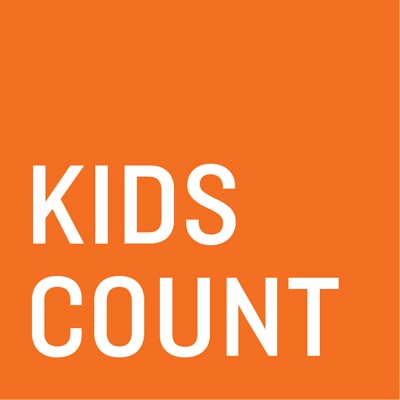Sad Stories Feb 2018 Part VI (foster care stories and statistics)
KARA (Kids At Risk Action) tracks current news about at risk children bringing transparency and attention to our youngest and most vulnerable citizens. KARA’s reporting is only sampling of what should be reported – the great majority of child trauma & abuse is never known.
American states are struggling to find answers for ending adverse childhood experiences and saving at risk children by reversing the explosive growth of child abuse and neglect. Today, many state ward children are the 4th and 5th generation of abused children raising their own families without parenting skills and with serious drug, alcohol and mental health issues.
37% of children overall and 57% of Black children are reported to child protection services in America by the time they turn 18.
(American Journal of Public Health 1.17)
12 million children a year are reported to child protection services each year and in many states, 1/3 of foster children are required to take psychotropic medicines



